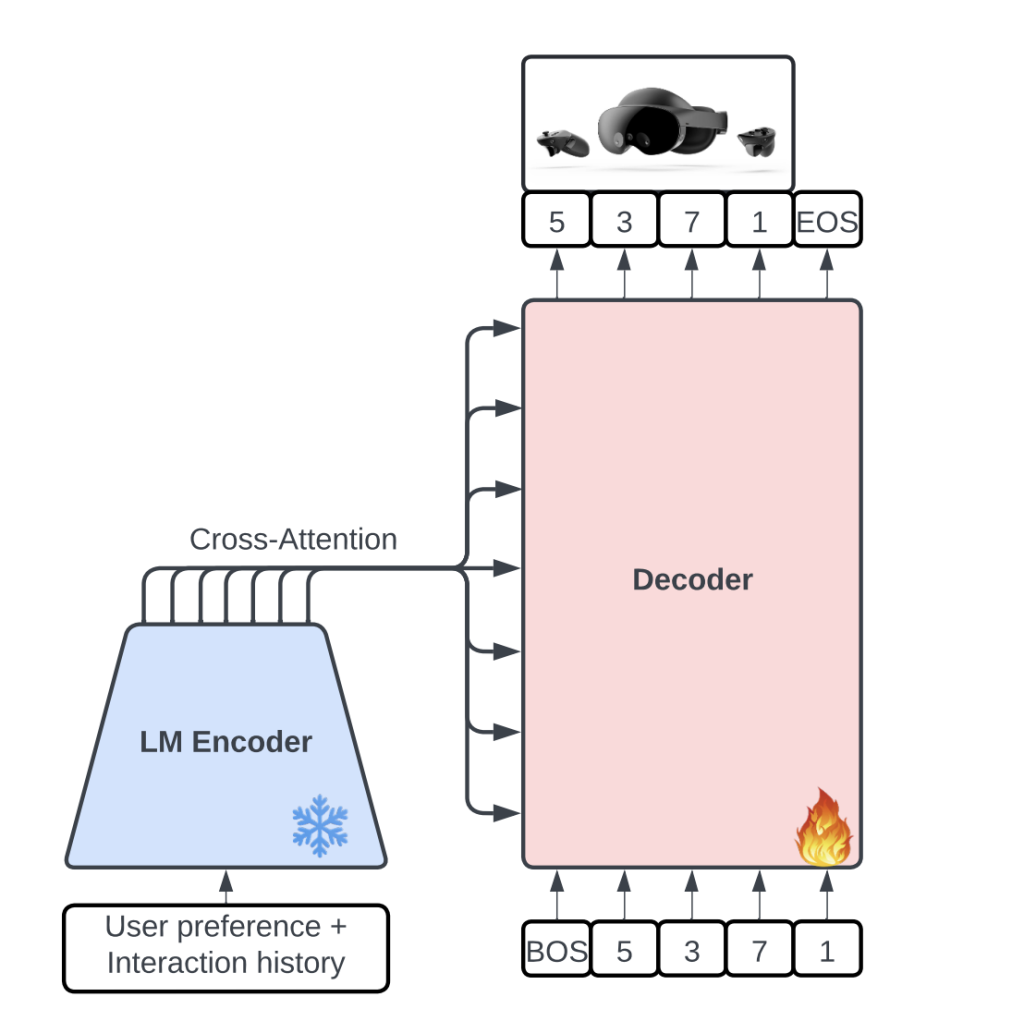

Sequential recommendation systems play a key role in creating personalized user experiences across various platforms, but they also face persistent challenges. Traditionally, these systems rely on users’ interaction histories to predict preferences, often leading to generic recommendations. While integrating auxiliary data such as item descriptions or intent predictions can provide some improvement, these systems struggle to adapt to user preferences in real-time. Additionally, the absence of comprehensive benchmarks for evaluating preference discernment limits the ability to assess their effectiveness in diverse scenarios.
To tackle these issues, a team of researchers from Meta AI, ELLIS Unit, LIT AI Lab, Institute for Machine Learning, JKU Linz, Austria, and the University of Wisconsin, Madison, introduces a paradigm called preference discerning, supported by a generative retrieval model named Mender (Multimodal Preference Discerner). This approach explicitly conditions recommendation systems on user preferences expressed in natural language. Leveraging large language models (LLMs), the framework extracts preferences from reviews and item-specific data, transforming them into actionable insights.


Mender captures items at two levels of abstraction: semantic IDs and natural language descriptions. This multimodal approach ensures a more nuanced understanding of user preferences. By combining preference approximation—deriving preferences from user data—with preference conditioning, Mender allows systems to dynamically adapt to specific user preferences. Additionally, Meta AI has introduced a benchmark that evaluates preference discerning across five dimensions: preference-based recommendation, sentiment following, fine- and coarse-grained steering, and history consolidation, setting a new standard for evaluating personalization.
Technical Features and Advantages of Mender
Mender’s design focuses on integrating user preferences with interaction data seamlessly. It uses pre-trained language models to encode preferences and interaction histories in natural language. Its cross-attention mechanisms enable the decoder to predict semantic IDs for recommended items. Mender comes in two variants:
- MenderTok: Processes preferences and item sequences holistically, supporting fine-tuning.
- MenderEmb: Precomputes embeddings for efficient training.
Key benefits of Mender include:
- Preference Steering: Tailoring recommendations dynamically based on user-specified preferences.
- Sentiment Integration: Utilizing user sentiment to enhance accuracy.
- History Consolidation: Merging new preferences with historical data to refine results.
Results and Insights
Meta AI’s evaluation of Mender highlights its significant performance improvements on datasets such as Amazon reviews and Steam. For instance:
- On the Amazon Beauty subset, MenderTok improved Recall@10 by over 45% compared to baseline models.
- In sentiment following, Mender effectively identified and acted on user sentiments, outperforming other methods by up to 86%.
- For fine-grained steering, Mender achieved a 70.5% relative improvement, demonstrating its ability to align recommendations with nuanced preferences.
Conclusion
Meta AI’s preference discerning paradigm offers a fresh perspective on sequential recommendation systems, focusing on explicit user preferences articulated in natural language. By integrating LLMs, multimodal representations, and a robust benchmark, this approach improves personalization while providing a framework for future development. With plans to open-source the underlying code and benchmarks, this work has the potential to benefit a broad range of applications, advancing the field of personalized recommendations.
Check out the Paper. All credit for this research goes to the researchers of this project. Also, don’t forget to follow us on Twitter and join our Telegram Channel and LinkedIn Group. Don’t Forget to join our 60k+ ML SubReddit.
The post Meta AI Introduces a Paradigm Called ‘Preference Discerning’ Supported by a Generative Retrieval Model Named ‘Mender’ appeared first on MarkTechPost.
Source: Read MoreÂ



 Trending: LG AI Research Releases EXAONE 3.5: Three Open-Source Bilingual Frontier AI-level Models Delivering Unmatched Instruction Following and Long Context Understanding for Global Leadership in Generative AI Excellence….
Trending: LG AI Research Releases EXAONE 3.5: Three Open-Source Bilingual Frontier AI-level Models Delivering Unmatched Instruction Following and Long Context Understanding for Global Leadership in Generative AI Excellence….